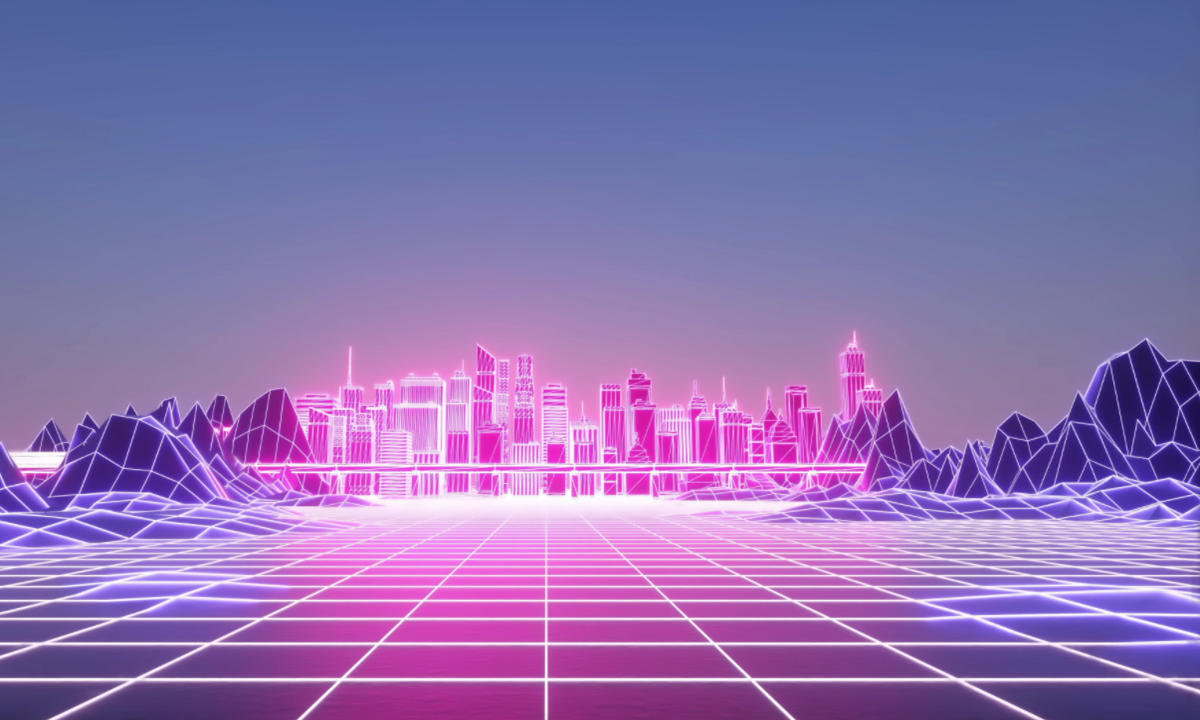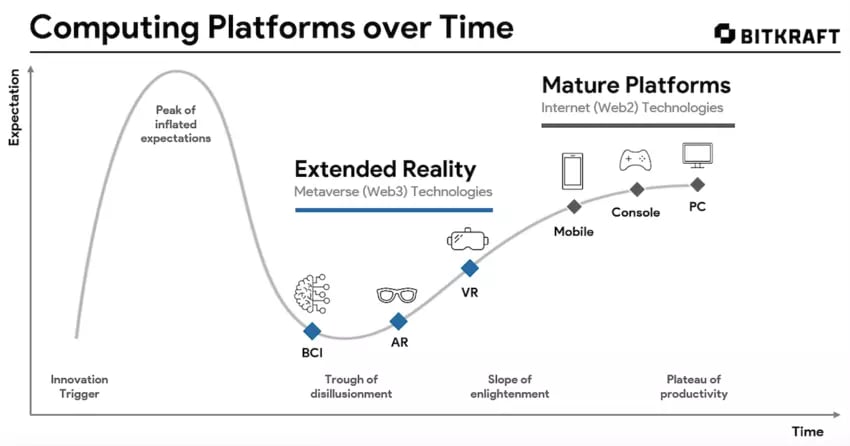
Over the course of 2021, the word "metaverse" came into common usage, inspiring a lively global debate about what it represents, if it's already here, and who will own it. But in 2022 we still don't have an accepted definition of what it is.
To explore the possible implications of the metaverse, we need to understand exactly what it is and can initially classify it into three schools of thought.
The metaverse in theory (as a product or service)
In January 2020, author and investor Matthew Ball published the most frequently referenced description of the metaverse: “an expansive network of real-time, persistent 3D worlds and simulations.” By this definition, the metaverse is a product or service, with seven main attributes including persistence, synchronicity, and interoperability.
The metaverse as a place
The metaverse has also been described as a place where users can connect, interact, and transfer themselves and their belongings across multiple digital locations. Examples include gaming platforms where players and their avatars can seamlessly transition from one virtual world to another.
The metaverse as a moment
Another definition to consider, describing the metaverse as a point in time. Specifically, the metaverse is the time when our digital lives become more meaningful to us than our physical lives. This perspective puts the focus on the human experience, making the transition to the metaverse a sociological shift rather than a technological one.
And if the technologists are right, then the technical advances of the last few years will produce this year's first steps toward making the metaverse a reality. The progress will be attributed, in large part, to ever-improving graphics processing units (GPUs), photorealistic 3D engines, faster content generation through volumetric video and artificial intelligence, the growing prevalence of cloud computing, and 5G.
But from the perspective of the human experience, one development stands out above all others: Extended Reality (XR) technologies. These include virtual reality (VR), augmented reality (AR), and brain-computer interfaces (BCI), which together are positioned as the next computing platforms in their own right.




